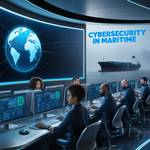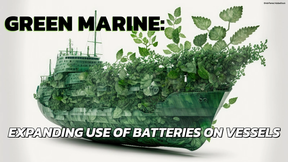Maritime Standards
All nations require certain standards be met by ships and other marine structures which fly their flag. A classification society, or "Class", is a non-governmental regulatory association which regulates construction of vessels and offshore structures in the maritime industry. The society is responsible for establishing regulations for the construction and classification of ships and offshore structures.
Classification societies make use of ship surveyors, naval architects, and a wide variety of qualified marine engineers. These experts are charged with overseeing construction and repairs; and conduct mandated surveys of ships currently in service to make sure that standards are properly met. Classes are established to regulate structure and design for all vessel types to promote stability, safety, and cleaner emissions.
To this end, classification societies agree on technical requirements, oversee designs and check calculations to ensure that these rules are upheld. Qualified employees are dispatched to check up on ships and structures throughout construction and commissioning, and periodically survey vessels (including submarines) to ensure that they continue to uphold all standards. They are also in charge of classing oil rigs, platforms and any other offshore structures. This survey process covers propulsion systems, navigation equipment, pumps, valves, and other equipment.
Many classification societies are in operation around the world. The largest are DNV, (Det Norske Veritas,) Lloyd's Register, Germanischer Lloyd, Nippon Kaiji Kyokai, RINA and ABS (the American Bureau of Shipping).















